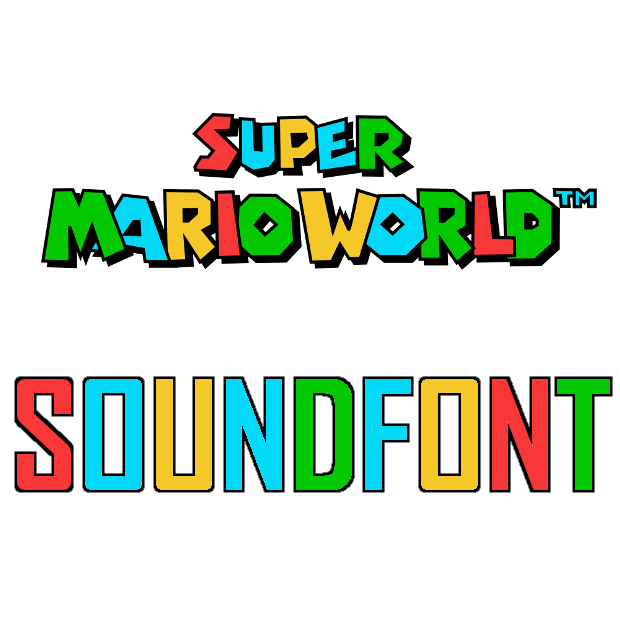

Professional sound artists can use special SoundFonts: for piano, trumpet, guitar, etc. Different SoundFonts allow you to get different sound for the same MIDI file. It takes a MIDI file and converts it to WAV (or any other format) using SoundFonts. MIDI Converter Studio can play the role of a sampling synthesizer.

Quality of sound here depends most on the number of recorded samples per instrument (the larger a SoundFont file is, the more samples it contains). They take a recorded sample and use it at different heights and dynamic levels. Sampling synthesizers work in a different way. However, such imitation is very far from natural sound.

It generates sound electronically and imitates instruments using various parameters. A "real" synthesizer does not use recorded sound. Basically, SoundFonts are files that contain recorded audio samples of various musical instruments.


 0 kommentar(er)
0 kommentar(er)
